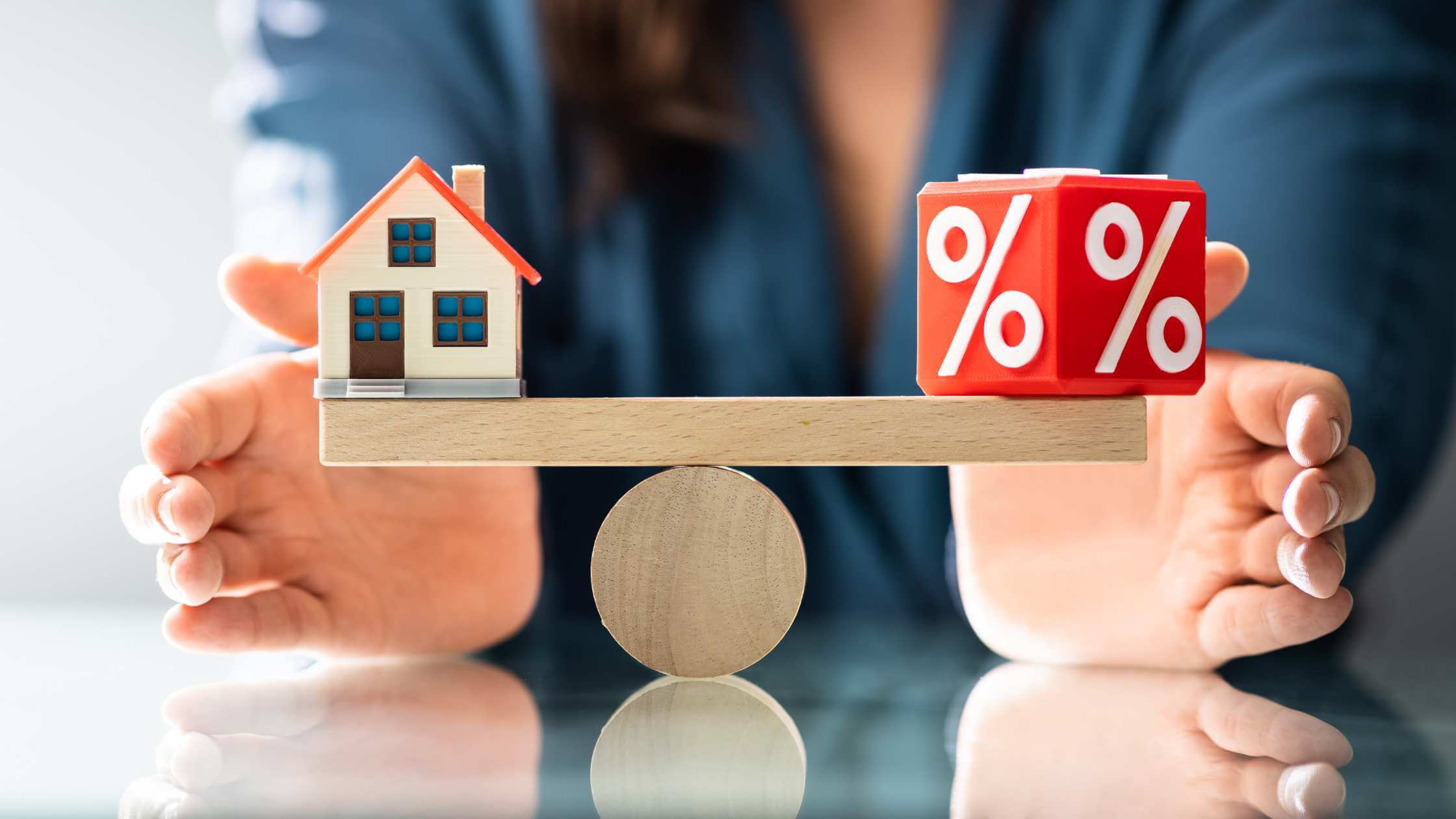What is the Debt Snowball Method?
A new year is a new chance at getting the life that you dreamed of. For most of us, it involves living debt-free. There are various debt repayment methods you may want to consider in order to achieve this goal. One of these methods was developed and popularized by Dave Ramsey called the Debt Snowball Method. In this debt repayment scheme, you increase the monthly payments for the debt with the lowest balance and maintain minimum payments on the others, then repeat the process once you have paid off the first one.
How It Works
In this process, all you need to do is increase the monthly payments on your loan with the lowest outstanding balance; while still maintaining the minimum payments on your other loans, which presumably have higher current loan balances. With the Debt Snowball Method, you tend to pay off the loan with the lowest outstanding balance earlier than its maturity date. With the extra funds you will have, you can then add them to the amortizations of the succeeding loan with the lowest outstanding balance, again. And then repeat the process until you have paid off all of your loans. Thus, the name Debt Snowball Method, your monthly payments snowball higher and higher than the required amount until full payment on all your loans is realized.
The Four Steps
On his website, ramseysolutions.com, Dave stated that there are four steps that you need to follow to be successful in the proposed payment scheme and ensure that there will be less stress in the process.
- List all your debts according to their outstanding balances, from the smallest to the highest. Below is an example of a list which you may use:
Loan | Balance | Payments |
Credit Card | 5,000.00 | 100.00 |
Auto Loan | 15,000.00 | 290.00 |
| Mortgage 1 | 150,000.00 | 1,713.00 |
| Mortgage 2 | 300,000.00 | 3,192.00 |
Note that the list for the Debt Snowball Method does not consider the interest rates for each loan. The debt reduction scheme focuses on the balances of your debts.
The table above is for illustration purposes only.
- Pay the minimum monthly payments on your debts, except for the one with the smallest balance. This is to ensure that you will stay current on your loans, and not affect your credit.
- Make extra payments on the loan with the smallest outstanding balance or as much as you are comfortable with if some funds become available.
- When you have already paid off the loan with the smallest outstanding balance, repeat the same process with all your remaining loans. You may then keep doing the cycle until you have attained full payment on each loan. In the illustration above, after paying off your credit card, you can add the $100.00 extra to your Auto Loan, which will increase your payments to $390.00. After the pay-off of your Auto Loan, you can then add the $390.00 to your Mortgage payments.
It will take years to fulfill your goals in this method, but there will be little victories you will be proud of as you realize earlier debt repayments in the process.
Tools to Help You
To help you further visualize your progress and help you with budgeting, watch this step-by-step tutorial in preparing a spreadsheet precisely for the Debt Snowball Method.
There are also downloadable spreadsheet templates if you want to dive right in already. Follow this link for the free debt reduction spreadsheet examples, including the Snowball Method.
Tips to Help You in the Process
The steps in the Debt Snowball Method may provide you with a fool-proof guide in the process. However, all your efforts will be in vain should you somewhat derail from the concept. In this light, here we present to you some tips in ensuring that you will not stray from the path of being debt-free when you retire. According to Forbes, here are some helpful tips you may want o consider:
- Prepare a budget that will help you visualize your available funds. You will also see how much funds you can add to the program.
- Have an emergency fund that you can use in emergencies as preparedness is a keystone. Thus, a fund to handle these situations will help maintain your project. Having an emergency fund means that you will not divert from the program and redirect some finances.
- Use extra funds that may come your way in hastening the pay-off of the loans. You don’t need the extra money for luxury or stuff that you do not need.
- You may also want to sell some of your stuff which you may not be using anymore. A garage sale is not a far-fetched idea. What you gain from the sale can be added to the emergency fund or loan payments. Another upside is that the activity will clear your home or office from clutter and let you have a creative breathing space.
- Earn more through engaging in side-hustles. If you are good at baking, sell cookies, specialty bread, or cakes. You can then add the extra income to your payments.
- Though not in the list from Forbes, may we add self-discipline. Diversions, distractions, and impulsive purchases contribute to derailing your project.
Application to Real Estate Loans and Mortgages
The Debt Snowball Method applies to almost all loans, including Real Estate Mortgages. It is easy to adapt the method in eventually settling multiple mortgages on your investments. An advantage in this situation is that you can add the earnings from a debt-free property to the payments for the next mortgage in your line. In effect, the snowball can move faster than planned.
The Reasons that make Debt Snowball Method Work
You can find plans and guides to get out of mortgage earlier than scheduled from various reading materials, guidebooks, and the internet. These plans may work in different ways, the Debt Snowball Method ups the ante by getting your commitment and rewarding you with little victories worth celebrating.
You must be willing to change your attitude or behavior towards your finances. Your resolve will help you maintain your relationship with your end goal of erasing all your debts.
Paying the smallest loans first will give you a sense of fulfillment in a shorter period than starting with the bigger loans. Short-term goals give you the advantage of little victories that can fuel your momentum and drive you towards your goal more. Loans with large balances take long payment periods, testing your commitment to the payment scheme.
The Debt Snowball Method is a viable exit strategy for hard money loans, with the added benefit of retiring early from your loans, enjoying the fruits of your labor earlier.

